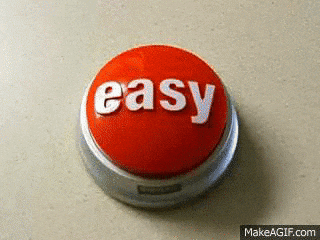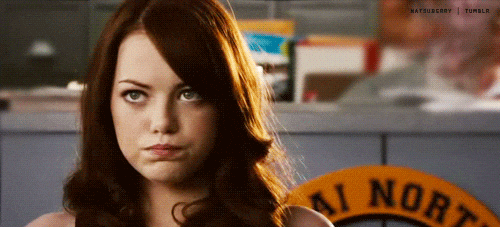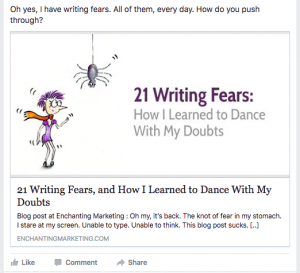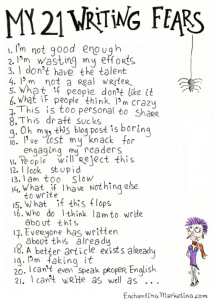For my CTW class, we had to design a survey and distribute it to students attending Santa Clara University. I decided to make my survey about women’s equality on campus. Now that I had my topic, all I had to do was create the questions, right? Well…there’s a lot more involved with the design of a survey than you think.

Source: Giphy
Some things to consider…
Types of Survey Questions
Are your questions going to be multiple choice or free response? Will there be a range of answers or simply “yes or no?” This is a very important concern to address when designing a survey because people might may or may not fill out your survey based on the style of questions you choose. I know for me personally, I would rather fill out a multiple choice survey than have to input my own responses. Call it lazy or a lack of thought, but I feel that most people would think the same as me.
So for my survey, I chose to have multiple choice and Likert scale questions. I used the multiple choice for when I wanted to know a specific answer, like whether you were a female or male. I used the Likert scale questions so people could voice their opinions over a wider range of options.
Survey Length
The length of your survey is also an important factor to consider. No one wants to take a survey that will take them 15 minutes to fill out, especially if there’s no reward.
For my survey, it took a maximum time of 3 minutes to fill out. A short survey increases the chances that someone will complete all of the questions and take the survey.
Audience
Who is this survey talking to? Are you directing your survey towards a specific audience?People will more likely fill out the survey if it applies to them. Otherwise, what’s in it for them? Taking your audience into consideration, it’s also important to know how you will distribute it and to whom.
My survey focused on women’s equality at SCU, so I made sure to distribute my survey out only to people who currently attend Santa Clara University. I sent my survey out as a Google Forms to other people in my CTW class and to people in my dorm. However, my distribution system was flawed because only freshmen and a few sophomores completed my survey. Therefore, I can’t say that my results accurately represent the entire SCU population.
My Results
For my survey, I received a total of 27 responses! This was a great number to receive considering the amount of people I sent my survey to. All of my questions were answered and I was able to analyze my data effectively.
If you want direct data straight from the source, I highly recommend creating a survey! It’s as easy as 1, 2, 3

Done! (Source: Giphy)




















